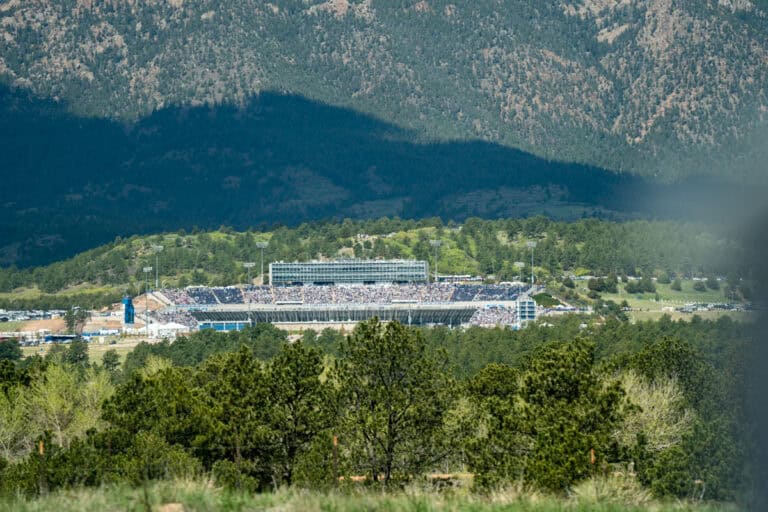Owners try to sell old Longmont sugar mill factory after trespassing, fires and injuries
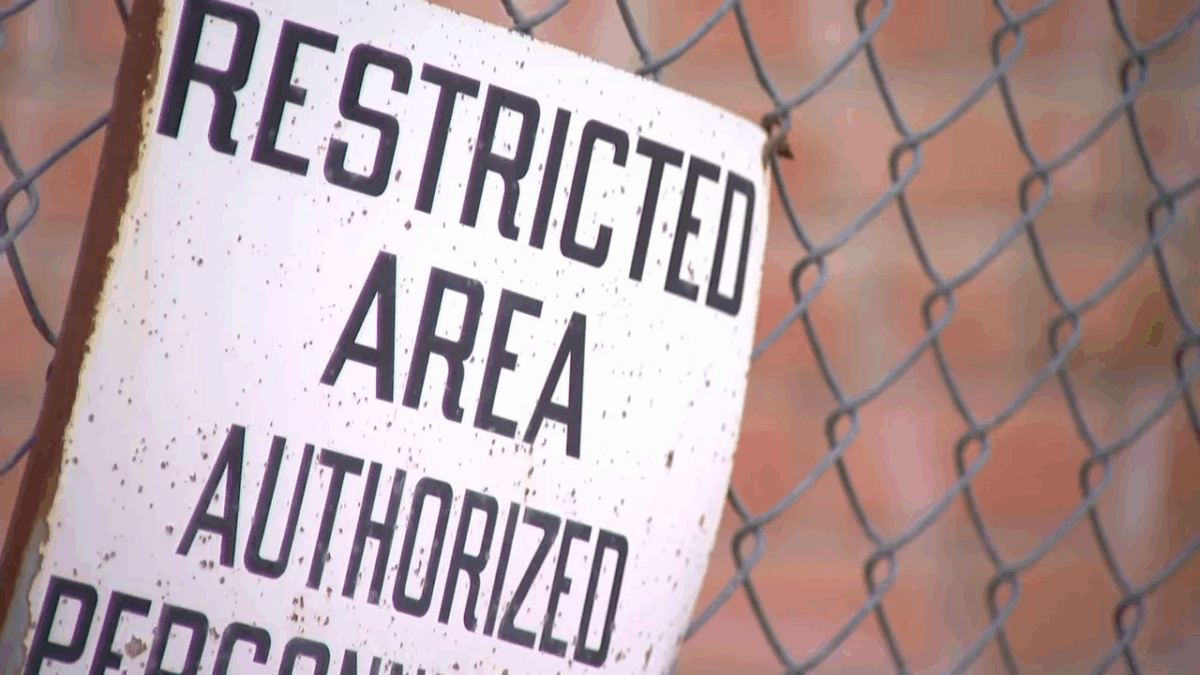
The hulking remains of Longmont’s old sugar mill sit on roughly 80 acres of family-owned land. Once a center of industry, the Sugar Mill complex has been closed since 1976 and, for the last 45 years, under the ownership of one family.
Today the property is a mix of history and decay — and a growing liability.
Fencing, cameras and warning signs are in place, but they have not stopped people from entering. The attraction of the site and the risks posed by crumbling floors, unsecured roofs and open spaces inside the buildings keep bringing people back — often with dangerous consequences.
A landmark that’s drawing trouble
“People are still enthralled with the idea it was a sugar factory,” the owner says. That curiosity translates into frequent trespassing. The landowner reports seeing two to ten people every single day walking on the property, with numbers spiking on weekends.
The property is large and, according to the owners, easy to breach. Fences get cut, cameras are tampered with and the security measures the family has invested in so far have not been sufficient to deter repeat intrusions. Replacing the perimeter with a more substantial bob-wire fence is estimated at $300,000 to $400,000, a cost that highlights the financial burden of trying to keep people safe and off the grounds.
Injuries and fires: the human cost
Trespassing is not a harmless pastime at this site. People exploring the dilapidated structures face real danger: open floors, unstable stairwells and high ledges.
Over one recent weekend, an individual fell two stories while on the property illegally. As the owner bluntly puts it, “Inevitably, somebody gets hurt.”
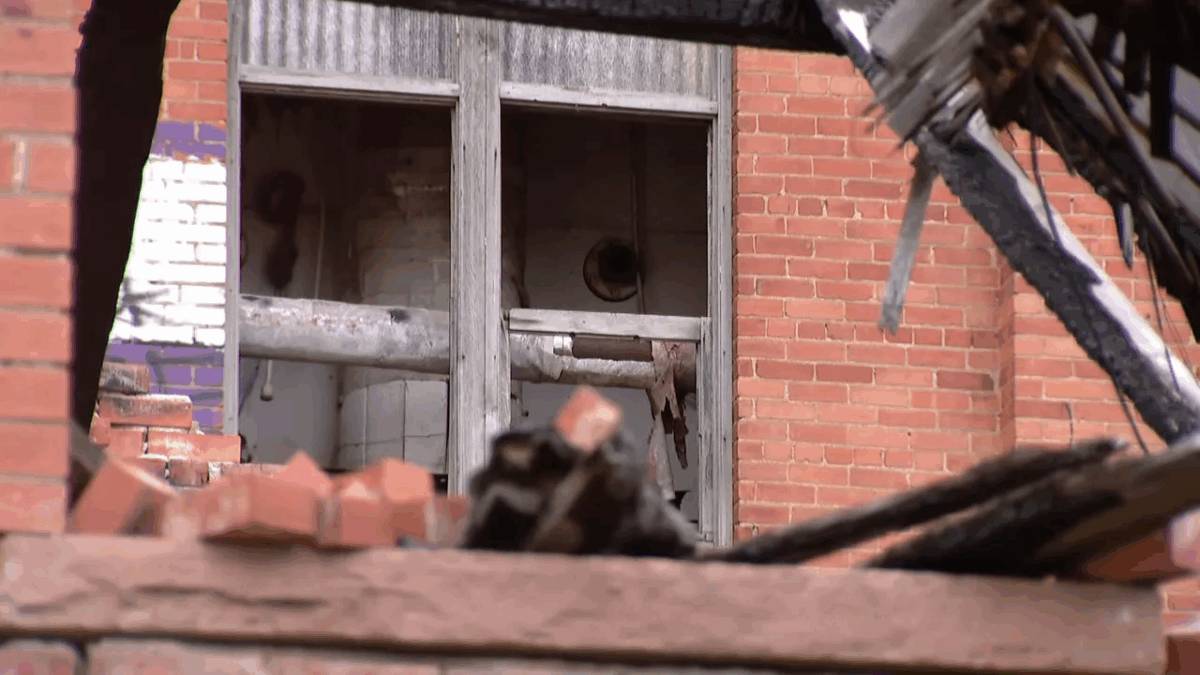
Property damage from fires has also been a recurring issue. There have been multiple fires in recent years, with the most recent recorded in March. The owners note that the last two fires were started by homeless individuals seeking shelter or warmth, which adds another layer of complexity that mixes criminal risk with a human-services problem.
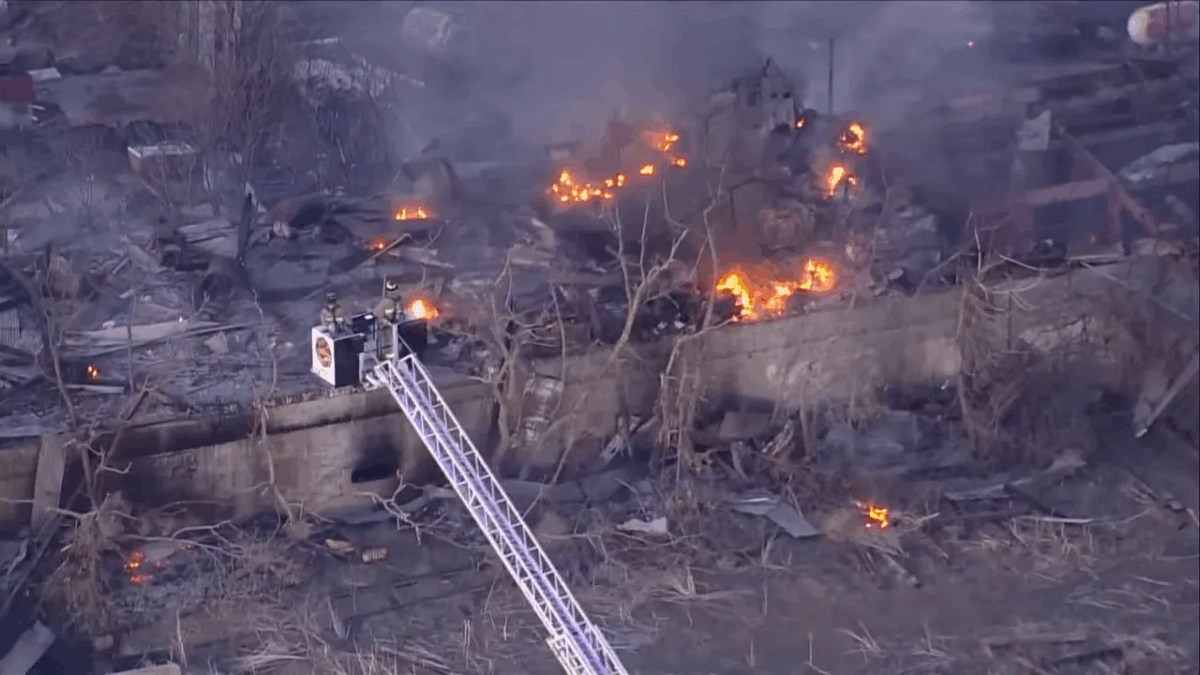
Selling and redevelopment
The family wants the property sold and redeveloped, ideally preserving or repurposing the factory building. Interest has surfaced, but broader economic conditions have complicated those plans. High interest rates have dampened and reshaped offers; the last few have been for multifamily development rather than commercial or historic restoration.
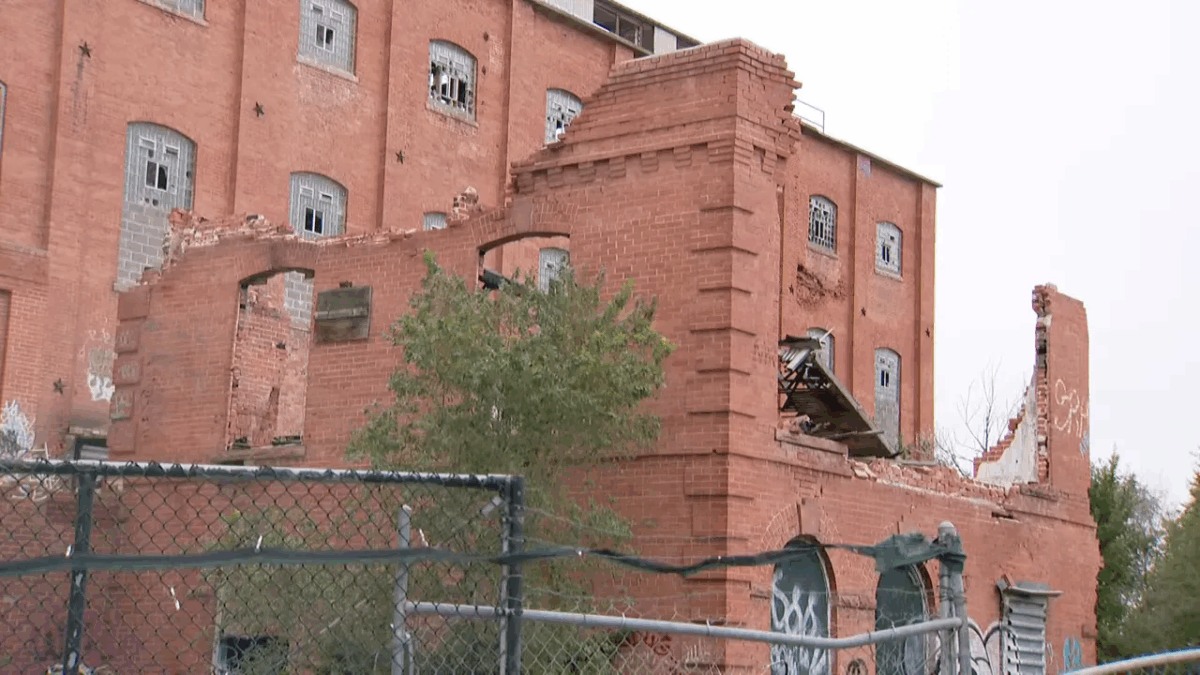
That leaves the family balancing between securing the site now and finding the right buyer later. Until a deal closes, the owners must manage ongoing trespass, damage and the mounting costs of maintenance and security.
Considering stronger deterrents
With repeated breaches and dangerous incidents, the owners say they are exploring more aggressive safety measures. Options on the table range from increased surveillance and physical barriers to proposals that raise ethical and legal questions, such as electrified fencing or other hard-security upgrades.
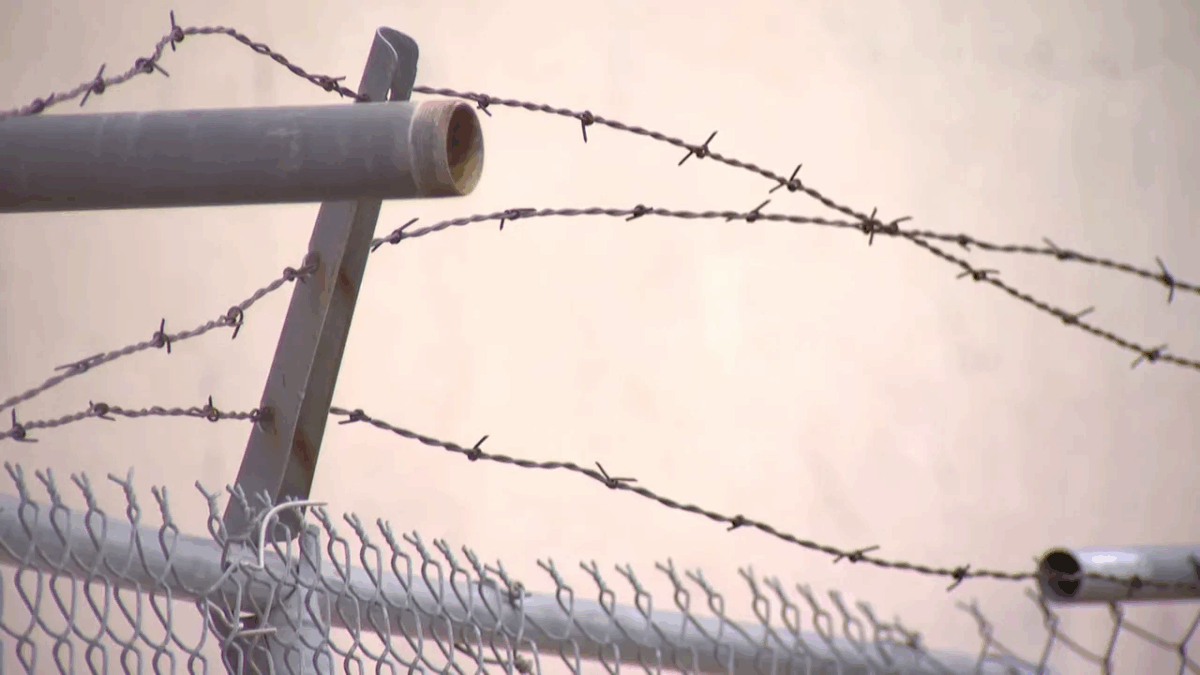
Any move toward electrified fencing would require careful planning, local approvals and clear communication about liability and safety. It also underscores the reality property owners face when private land contains visually compelling, yet unsafe, ruins.
Community and official response
Local law enforcement urges people to stay off the property. At the same time, the scale of the property and the frequency of intrusions make constant enforcement difficult. The situation sits at the intersection of public safety, homelessness, historic preservation and real estate economics.
Key facts
- Property size: Approximately 80 acres, including the former sugar factory building.
- Closure: Factory closed in 1976.
- Incidents: Daily trespassing, recent fall from two stories, multiple fires (most recent in March).
- Redevelopment interest: Recent offers geared toward multifamily housing; high interest rates affecting deals.
Practical steps forward
There is no single fix, but a combination of approaches can reduce risk and make redevelopment more feasible:
- Improve perimeter security with durable fencing and tamper-resistant cameras while ensuring measures comply with legal and safety standards.
- Coordinate with local agencies to address homeless encampments humanely and reduce fire risk through outreach and services.
- Accelerate redevelopment planning by engaging potential buyers early and exploring incentives that could offset higher borrowing costs.
- Communicate clearly with the community about safety risks and legal consequences for trespassing.
Why it matters
The site is more than derelict buildings; it is a neighborhood issue that touches public safety, housing policy and historic preservation. Whether the answer is redevelopment, restoration or long-term stewardship, the immediate priority remains preventing injuries and fires while a sustainable long-term plan is found.
Until then, the owners ask the public to respect the danger and stay away from the property. Officials continue to encourage people to avoid entering abandoned structures, both for personal safety and to limit additional damage to a site with a complicated past and uncertain future.


